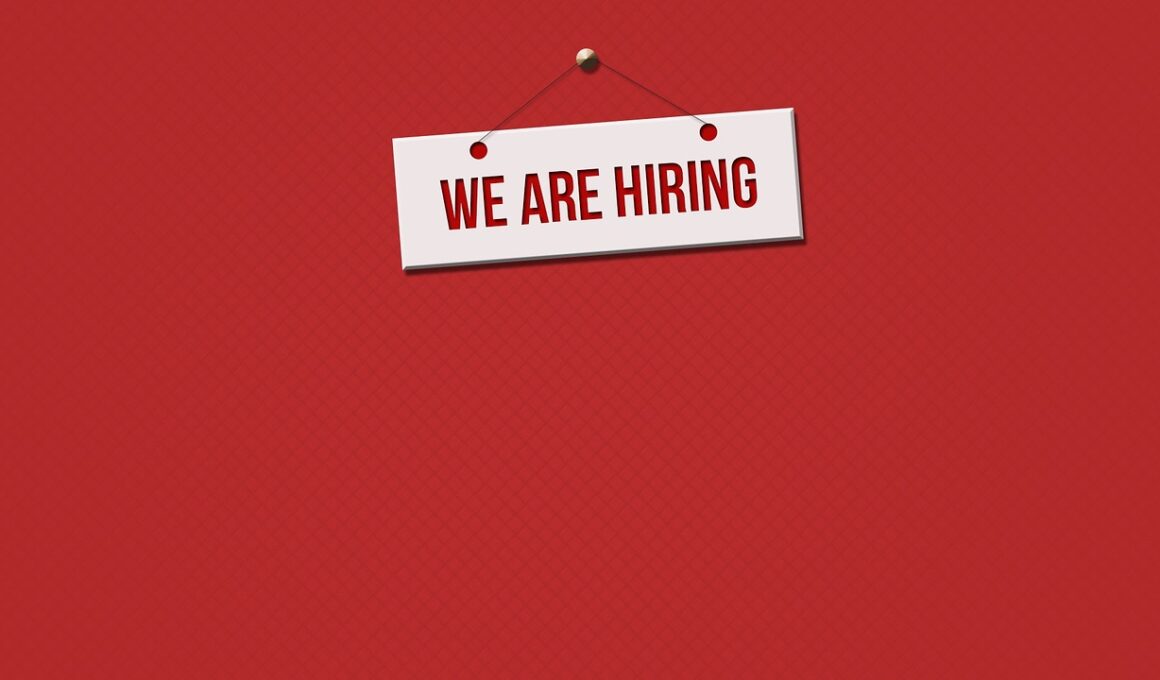The Impact of Employer Match on Your 401(k) Savings
A 401(k) plan is a powerful retirement savings tool that allows employees to invest a portion of their income pre-tax. One of the most significant advantages of a 401(k) is the employer match, a benefit that can greatly enhance an employee’s retirement savings. When employers offer a match, they contribute additional funds to the employee’s 401(k) plan based on the employee’s own contributions. This essentially means that the employee’s savings can grow faster, leading to a robust nest egg for retirement. Understanding the match formula is critical; for example, an employer may match 50% of employee contributions up to 6% of salary. If an employee contributes 6%, the employer contributes an additional 3%. Leveraging the employer match is essential because it maximizes retirement savings without increasing personal contributions. It’s vital for employees to take full advantage of this benefit, as it represents free money added to their retirement accounts. To get the most out of a 401(k), ensuring you are contributing enough to receive the maximum employer match should be a priority for any employee aiming for financial security in retirement.
As employees contribute to their 401(k), the employer match can significantly increase total contributions, which makes a tremendous difference over the long term. The compounding effects of these contributions can lead to exponential growth in retirement savings, depending on various factors such as the length of time before retirement and market performance. An employee’s decision to contribute enough to receive the full employer match can drastically impact their overall retirement portfolio as it lays the groundwork for more substantial savings without additional out-of-pocket costs. It’s important to highlight that failing to contribute enough to receive the match is essentially leaving free money on the table. For instance, if an employee earns $50,000 and chooses to contribute only 3%, they miss out on employer contributions that can add thousands of dollars over several years. Monitoring contributions regularly and adjusting them as salary increases can also enhance the benefits of employer matching. Employees should assess their financial situation periodically to determine if they can increase their contributions and truly benefit from this employer-sponsored incentive. A systematic approach, adjusting contributions as needed, can lead to substantial retirement savings.
The Importance of Contribution Limits
Each year, the Internal Revenue Service (IRS) sets contribution limits for 401(k) plans, including both employee and employer contributions. For 2023, the contribution limit for employees is $22,500, with a catch-up contribution option for those over 50 years old, allowing an additional $7,500. It’s crucial for employees to be aware of these limits because exceeding them can incur penalties and taxes. Additionally, understanding annual limits helps employees strategize their contributions effectively in order to maximize their employer match and boost retirement savings. If an employee is nearing the limit, they can potentially increase their contributions to take full advantage of the match. It’s also beneficial to monitor any changes in the IRS regulations annually, as they can influence retirement planning decisions, especially for younger workers who have many years to grow their savings. Furthermore, keeping track of contribution limits provides clarity on how to allocate other investments and savings strategies. Engaging in proactive planning and ensuring you stay within the established limits helps promote a more effective retirement savings strategy.
In addition to the financial benefits, understanding how employer matching contributions affect a 401(k) can also enhance employees’ retirement confidence. It’s essential for employees to grasp the terms and conditions of their employer’s match, such as vesting schedules and eligibility criteria. Vesting refers to the time an employee must stay with a company before they fully own the employer’s contributions. For instance, if a company has a four-year vesting period, employees will need to stay employed for that duration to keep the matched funds. Each employer has different vesting schedules, such as immediate vesting or cliff vests, which can influence employee retention and long-term loyalty. Knowing these details can motivate employees to remain with their employer longer and maximize their retirement savings. Additionally, educating employees about 401(k) plans and the significance of the employer match can cultivate a culture of financial literacy. This understanding instills confidence in employees as they approach retirement, ultimately fostering a healthier work environment and dedicated workforce. Financial literacy empowers employees to make smart decisions regarding their retirement and personal investments.
Strategies for Maximizing Your Match
To optimize the benefits of an employer match on a 401(k), employees can employ several effective strategies. First, it’s vital to analyze your employer’s matching policy carefully. Knowing the specific matching percentage and the limits can help you decide how much to contribute to take full advantage of the match. Setting a budget for your contributions aligned with your financial goals ensures that you don’t miss out on free money. Secondly, employees should aim to increase contributions regularly, especially during annual salary reviews or when they receive bonuses. To maintain or expand financial well-being, consider automatically escalating contributions each year. Another effective tactic includes diversifying investments within the 401(k) plan, as various funds may yield different returns. Furthermore, remaining informed about market conditions and making adaptive changes to your asset allocation based on performance or personal circumstances will benefit overall savings. Evaluating your investment choices periodically ensures alignment with long-term objectives. Engaging a financial advisor can address individual situations, providing personalized advice for maximizing both contributions and returns for a comfortable retirement.
Another vital aspect of utilizing employer matching effectively is making informed decisions regarding career progression. Frequent job changes can impact retirement savings, especially if one does not understand how to transfer or manage their 401(k) plans. When switching jobs, employees have options such as cashing out, leaving the 401(k) with the old employer, or rolling over to a new employer’s plan or an individual retirement account (IRA). Each option has implications for fees, penalties, and tax consequences that employees must consider. If the previous employer’s plan includes valuable features, like a company match or lower fees, it may be wise to keep the funds there. Conversely, rolling over provides better investment options, lowering fees or consolidating accounts for easier management. Timely reviews of these options will allow employees to maintain their retirement savings’ growth, maximizing available employer matches. Staying informed about company policies on 401(k) handling ensures retirees maintain control over their savings. Tailored strategies as life circumstances change lead to sustained growth and a more secure retirement outcome.
Conclusion: The Power of Employer Match
In conclusion, the impact of employer match on your 401(k) savings cannot be overstated. Maximizing this benefit should be a priority for employees, as it plays a crucial role in building significant retirement funds. By understanding the employer’s matching policy, establishing a plan to contribute accordingly, and utilizing available resources, workers can further enhance their long-term financial security. The employer match essentially serves to amplify employee contributions, fostering a more significant impact on future financial stability. Additionally, taking proactive steps toward education about retirement planning, investment diversification, and the implications of job changes will create a robust foundation for retirement success. Engaging in informed decision-making around contributions, staying updated on policies, and working with financial advisors to tailor strategies assures that employees fully leverage their 401(k) plans. The overall art of financial planning is mastering leverage from employer contributions, accumulating wealth effectively for the future. As you plan for retirement, remember that every dollar counts, especially the contributions made by your employer. Establish a solid strategy today, emphasizing this match as an integral part of your financial journey.
Start Saving Now
Actioning your contributions today will set you on the right path toward a secure financial future. Every step taken now enhances your saving potential. Understanding the impact of that employer match is a crucial lesson in financial planning with immense long-term benefits for every employee.


